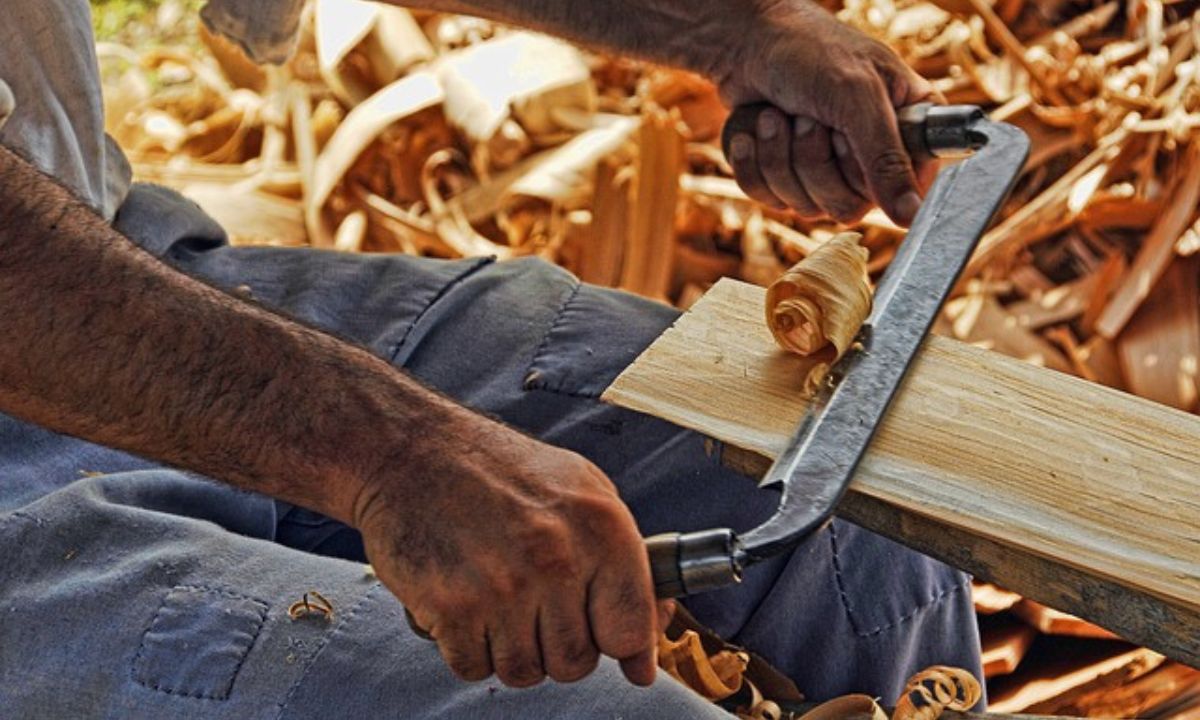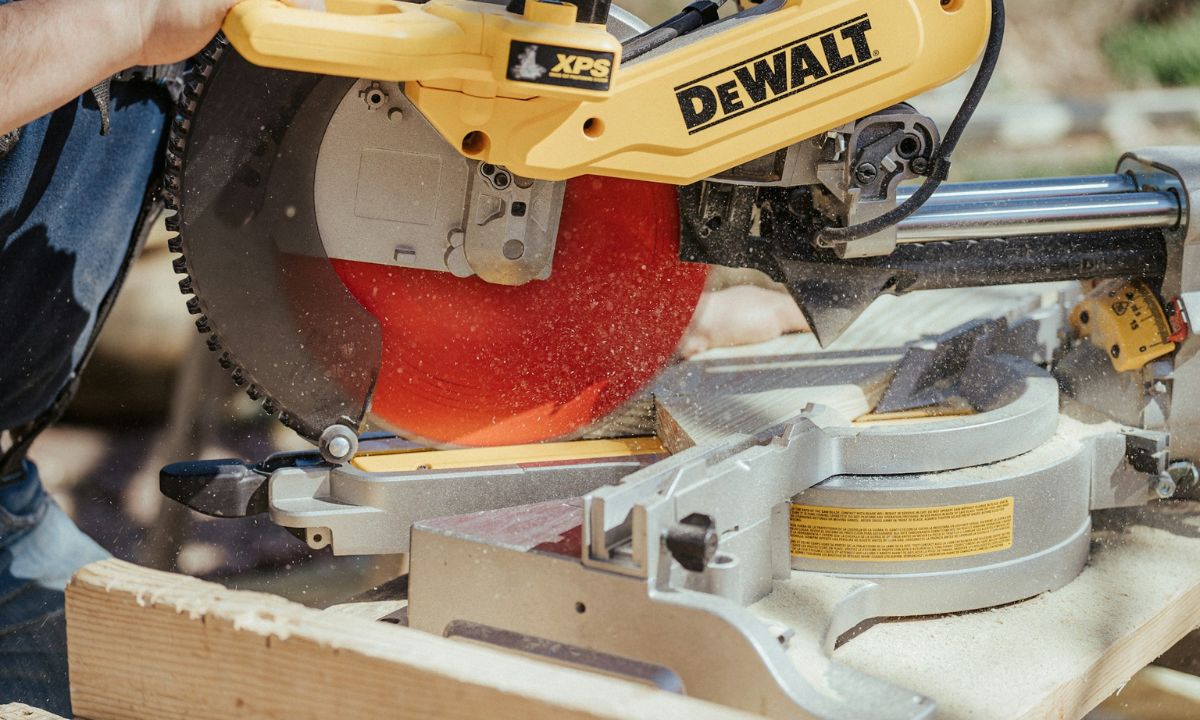How to Choose the Right Wood Glue: Types, Tips, and How to Choose the Perfect Adhesive
Woodworking is an immortal art—a perfect combination of creativity, precision, and functionality. Be it professional carpentry or a DIY woodworking project, choosing the right adhesive continues to be one of the most important steps of your work. The adhesive you will use can make or break your project to ensure strength, durability, and a flawless finish. Whatever the case may be, there are just so many types of wood glue available on the market these days, which drive people crazy to make a choice about what will work for them. We go through what you would like to know, offering a better way to decide on the best method for choosing wood adhesives for every user.
Take Your Woodworking to the Next Level! Build 16,000 Woodworking Projects With Step-By-Step Plans
Why Choose the Right Glue
Wood glue is more than just the ‘glue’; it’s the backbone of your project. Good glue keeps pieces well bonded, taking even stress and changing environmental conditions into consideration, while bad glue means weak joints, unsightly gaps, or even complete project failure.
For example, any outdoor project must employ glues that can withstand not just moisture but extreme changes in temperature, while fine furniture making requires glues that dry clear and will not interfere with the natural beauty of the wood. Knowing what types of wood glue are available and what each is specifically used for is the first step to professional-quality results.
Types of Wood Glue

Before making an entry into the selection process, let us closely look at some of the common types of wood glue available in the market.
1. PVA – Polyvinyl Acetate Glue
PVA glue is one of the most consumed adhesives for projects in woodworking. It is easy to use, dries clear, and provides a strong bond. There are two major types of PVA glue:
- White PVA Glue: This would apply only in indoor furniture and crafts.
- Yellow PVA Glue: This has good bonding and slight water resistance; hence, this would perform well in both indoor and outdoor purposes.
2. Polyurethane Glue
Another versatile type of glue and fully waterproof is polyurethane glue, hence ideal to work with outdoors. While drying, it expands to fill in gaps and forms a very strong bond; it is messy to work with, though, and has to be applied rather carefully.
3. Epoxy Glue
Epoxy is a two-part adhesive consisting of a resin combined with a hardener. It’s super strong and will, without question, glue wood to metals or plastics. It’s great for heavy-duty projects but generally overkill for a simple woodworking project.
4. Hide Glue
The Hide glue is derived from animal collagen, one of the oldest adhesives used in fine woodworking and antique restoration. It is reversible, hence very popular when restoring antiques.
5. Cyanoacrylate Glue (Super Glue)
Super glue is good to go for minor repairs and quick fixes. Though the bonding occurs within a couple of seconds, it is not good enough to work with on big projects or load-carrying joints.
Build 16,000 Woodworking Projects With Step-By-Step Plans
Factors to Consider When Choosing Wood Glue
Now that you know the types of wood glue, here are the key areas that you need to focus on when choosing one:
1. Type of Project
The type of project will determine the type of adhesive that would be required. Say for instance;
- Indoor Projects: White or yellow PVA glue would be good to go.
- Outdoor Projects: Polyurethane or Waterproof PVA Glue.
- Fine Woodworking: Ah, hide glue, perhaps, or epoxy.
2. Drying Time
There are several adhesive dry times. Some take very little time whereas others take quite a lot of time. You may want to use it for a project that you need to have finished in urgency; you might consider using the ones that dry faster and in that respect super glues are suitable for you. In as much as major projects, where you need larger pieces and multiple adjustment so you get appropriately aligned the slow-drying adhesives will do you some good.
3. Bond Strength
Think about what kind of load-bearing your project will have. Epoxy and polyurethane glue work great in heavy-duty applications, and that would be nice to go on lighter projects with PVA glue.
4. Water Resistance
If your project will be outdoors and exposed to moisture, then find one that is waterproof or water-resistant. Polyurethane and some forms of PVA glue work really great outdoors.
5. Ease of Use
Adhesives are available in as many different preparation modes—from the mix varieties that must be applied with some finesse, like epoxy to those out of the bottle that can simply be applied like PVA glue. Just use your discretion in choosing the best for your experience and comfort level.
6. Finish
If it is strictly an appearance matter, then use one that dries clear or sands and paints out easily. If the glue line is left to appearance in that application the best choices will be PVA and hide glue.
Build 16,000 Woodworking Projects With Step-By-Step Plans
Tips on Using Wood Glue Effectively

The techniques of application also have considerable scope, and here the choosing of appropriate adhesives also has an important role. A few hints concerning this will go a long way toward strong, durable adhesive:
- Surface Preparation: Application on the wood surface requires smoothing against dirt, grease, and old adhesives. Smooth and clean means higher bonding.
- Application of the Glues Uniformity: Normally application of such adhesives is by the use of brush and other applicators. APPLY LESS BECAUSE TOO MUCH APPLICATION REDUCE BONDING CAPACITY.
- Clamp Pieces: Clamping should be long enough to rest the wood from moving around whenever the glue begins to dry up hence tightening would not ensue.
- Allow Adequate Drying Time: Allow drying by the instructions of the manufacturer. This process should not be hurried as one compromises the bond that needs to be achieved.
- Clean Off Excess Glue: Immediately wipe off with a damp cloth before it dries, any excess glue. If allowed to dried this might be difficult without affecting the wood.
Common Mistakes to Avoid
Even seasoned woodworkers fall into a few pitfalls that can be associated with wood glue. A few to consider are:
- Gluing Up the Wrong Glue: Glue inappropriate for it has to end the project in disaster.
- Poor Surface Preparation: It can work only with cleaned or sanded surfaces. Either of the alternatives will make it weak.
- Too Much Glue: This excessive glue will seep between joints and end up everywhere.
- No Clamps Used: Can cause pieces to shift while the glue dries and create misaligned joints.
- Poor Drying Time: Can make the joint fragile and makes your projects not as solid.
Recommended Products
If you’re looking for high-quality wood glue that meets all your project needs, check out this excellent option. It’s versatile, easy to use, and perfect for both indoor and outdoor projects. Whether you’re a beginner or a seasoned pro, this glue will deliver professional results every time.
Build 16,000 Woodworking Projects With Step-By-Step Plans
Conclusion
First of all, while working with wood, one has to choose the proper type of glue which would best suit any project he wants to develop. Knowledge of the types of glue, kinds of projects, and their requirements for bond strengths after setting will definitely become key features that place the craftsman in a better place while making the right decision to generate bonds with much desirable durations of lifetime, plus avoiding incorrect practice.
For good workmanship, this would probably be among the best-rated options in wood glue, ensuring reliability and quality. This would be a handy man’s last hope in putting thoughts to reality in wood, either for a novice, amateur, or professional at work.
That is all, and if one has the appropriate tools available for him or her to follow this tutorial step by step; it would certainly put him well on the right journey towards being a truly amazing craftsman with woodworking. If one desires to provide their projects with that professional feel, he then needs to try using this wonderful wood glue pros swear by.
Can’t decide on adhesives to use even now? Well, do not upset yourself, since surely this has to be one of the most universal wood glues available, serving for everything just right—from the most trivial repairs up to intricate building. Give it a try and find out how this is going to change it all in your woodworking journey.
Take Your Woodworking to the Next Level! Build 16,000 Woodworking Projects With Step-By-Step Plans
Related Reviews:
Can You Make Money Selling Woodworking Projects?
What Woodworking Project is Most Profitable?
How to Make Money Fast with Woodworking?
What is the Highest Paid Woodworker?
Is Woodworking a Good Business to Start
What is the Best Platform to Sell Woodworking Projects?
How to Sell Wooden Items Online?
Woodworking Related Topics And Tags: Wood Glue, Woodworking Tips, DIY Woodworking, Types of Wood Glue, Wood Adhesives, How to Choose Wood Glue, Woodworking Projects, Best Wood Glue, Wood Glue Guide, Woodworking for Beginners, How to Choose the Right Wood Glue, Choose the Right Wood Glue, best Wood Glue, Wood Glue
